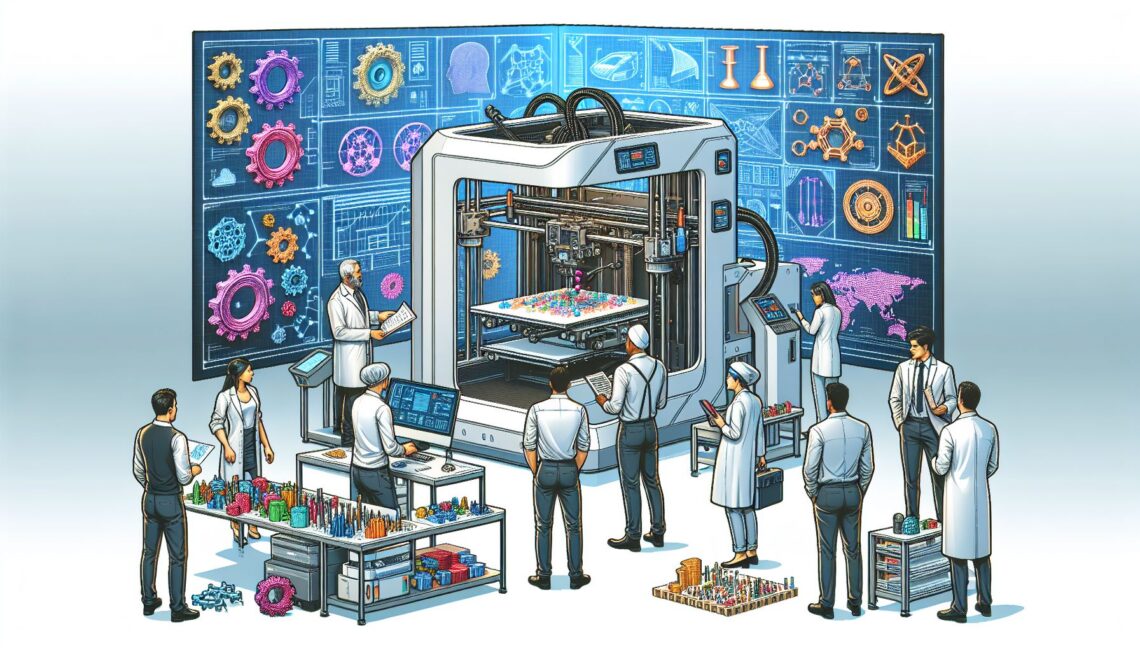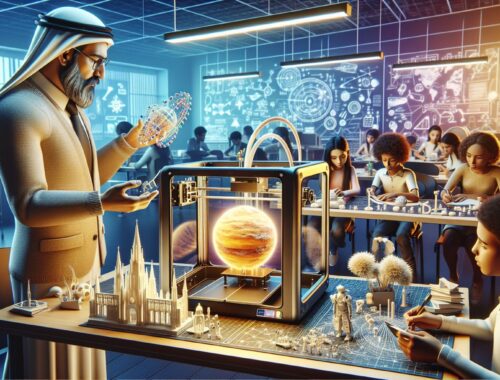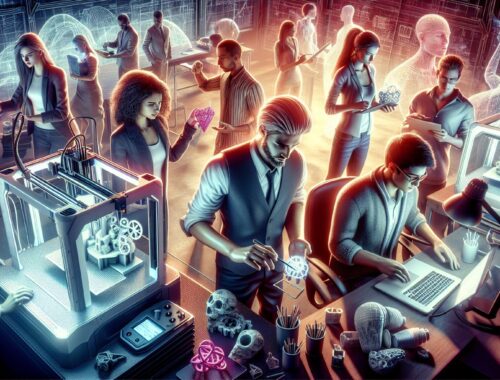
The Future of 3D Printers for Engineers
In today’s rapidly evolving technology landscape, 3D printers have become an indispensable tool for engineers across various industries. These innovative machines have revolutionized the way products are designed and prototyped, allowing for greater customization, faster iteration, and cost-effective production processes. As we look towards the future, the potential for 3D printers in engineering is limitless, offering exciting opportunities for advancements in manufacturing, product development, and research.
One of the key areas where 3D printers are poised to make a significant impact is in the field of 3D modeling. With the advent of advanced software tools and techniques, engineers can create highly detailed and intricate designs that were once thought to be impossible. By leveraging the power of parametric modeling, engineers can easily manipulate and optimize their designs to meet specific requirements, such as strength, weight, and functionality.
In addition to 3D modeling, engineers are also exploring new materials and printing techniques to expand the capabilities of 3D printers. Today, engineers can print objects in a wide range of materials, including plastics, metals, ceramics, and even biological tissues. This opens up a world of possibilities for creating complex and functional parts that were previously out of reach. Furthermore, advancements in printing techniques, such as multi-material printing and hybrid manufacturing, are allowing engineers to create objects with unique properties and functionalities.
As engineers continue to push the boundaries of what is possible with 3D printers, we can expect to see a shift towards more sustainable and environmentally friendly manufacturing processes. By utilizing 3D printing for on-demand production and localized manufacturing, engineers can reduce waste, energy consumption, and transportation costs associated with traditional manufacturing methods. This not only benefits the environment but also allows for greater flexibility in the design and production of products.
Another exciting development in the field of 3D printing is the integration of artificial intelligence and machine learning algorithms into the printing process. By analyzing vast amounts of data and optimizing print parameters in real-time, engineers can achieve higher accuracy, efficiency, and quality in their prints. This level of automation and optimization will revolutionize the way products are designed and manufactured, making 3D printing more accessible and scalable for engineers of all backgrounds.
In conclusion, the future of 3D printers for engineers is bright and full of possibilities. With advancements in 3D modeling, materials, printing techniques, and automation, engineers can expect to see a revolution in the way products are designed, prototyped, and manufactured. As we continue to explore the potential of 3D printing, it is crucial for engineers to stay informed and up-to-date on the latest trends and technologies in order to remain competitive and innovative in their respective fields.
With the right combination of creativity, expertise, and technology, engineers can harness the power of 3D printers to push the boundaries of what is possible and shape the future of engineering in the years to come. As we embark on this exciting journey, the only limit to what we can achieve with 3D printing is our imagination.
You May Also Like

What the Future Holds for 3D Printers for Teachers
January 24, 2024
The Power of 3D Modeling and 3D Printing: Unlocking Creativity for College Students
November 14, 2023

